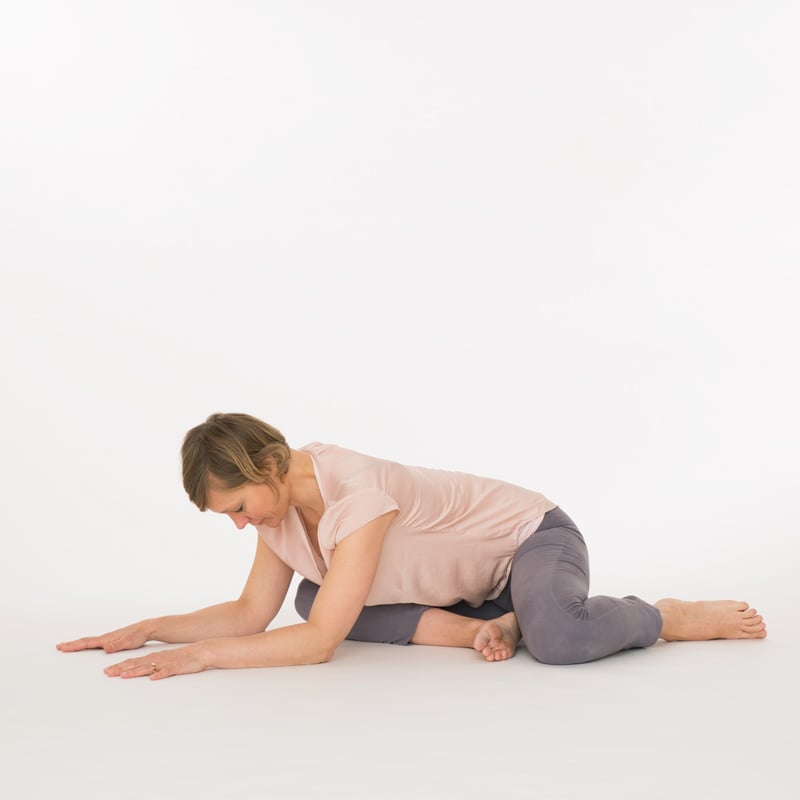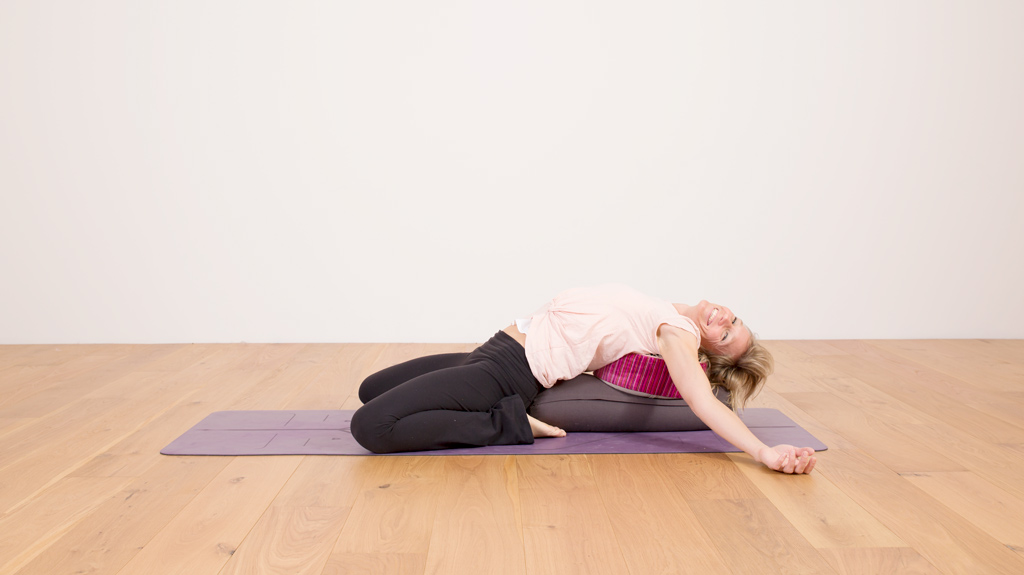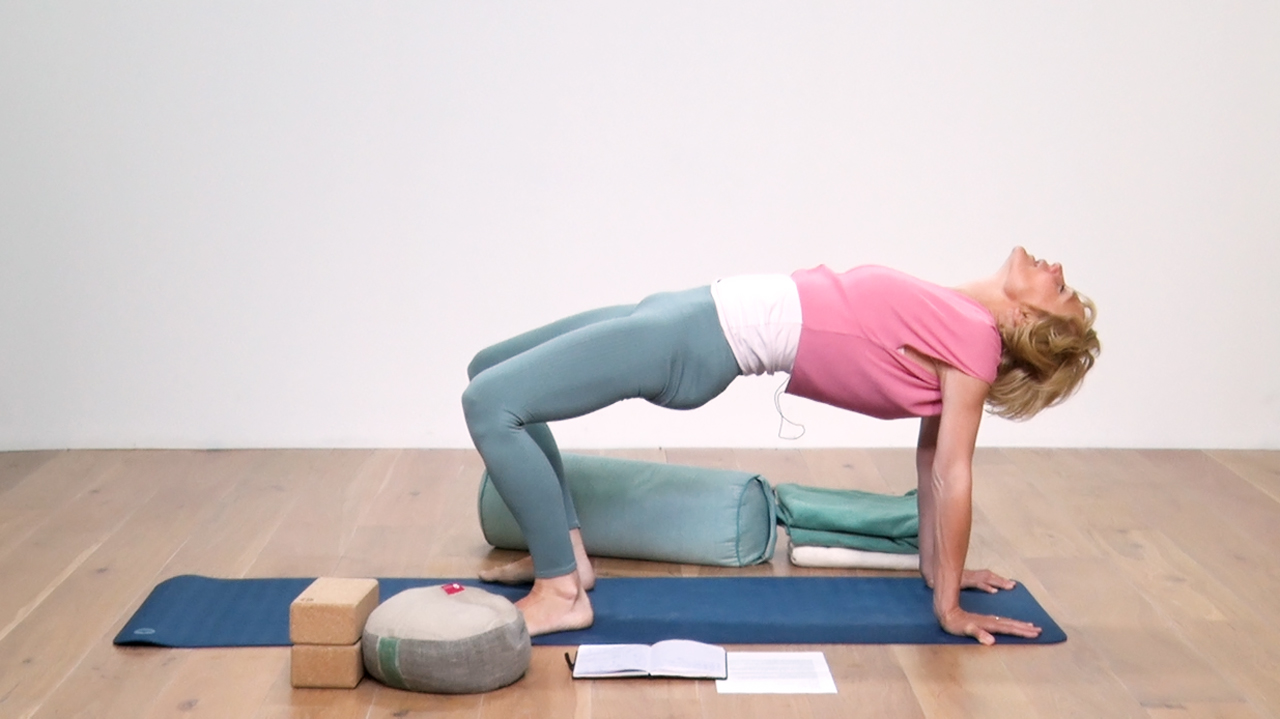As winter envelops us in its embrace, the essence of the Water element in Traditional Chinese Medicine (TCM) permeates our surroundings, offering an opportunity for introspection and alignment with nature’s rhythms.
The nights began to lengthen in the middle of Autumn’s metal element season with the darkest night being the first day of winter on December 21st. Since then, a little bit more light has crept into our cold, dark, often wet winter days. Water element season is here until the Spring Equinox on March 19th. But what does this mean for us and our yoga practice?
Water element and the Season of Winter
“Winter gives the silence you need to listen; it goes gray so you can see your own colors.” ~ Terri Guillemets
Winter is the season of yin. Yin is represented by characteristics such as dark, cold, heavy, contraction, withdrawal, slowness and stillness. It is natural for us to want to withdraw during the winter months as these are the yin qualities most prevalent within us at this time. Yin yoga is a perfect yoga practice for winter because it not only matches our yin-like energy (which is more abundant right now) but actually encourages us to give in to it.
Yielding to the path of least resistance is another yin quality – it is the downward quality of the winter water element. Water is the element with downward seeking energy on account of water seeking the path of least resistance to the most downward point. I like to say the energy of the water element is down, down, down. Water wants to find earth, which means water likes to be even more yin! Utilizing the downward qualities of water in our yin yoga practice can actually help us soften and deepen into our yin postures with more ease.
Water Element and Apana Vayu
Apana Vayu, the downward quality of the exhaled breath, can be utilized for both earth element and water element practices such as restorative and yin. Apana Vayu helps us to root and ground into our pelvic floor, legs and feet. Working with the downward quality of breath helps us to tune into any imbalances we may be experiencing in our first chakra, Muladhara. When imbalanced in this chakra we may experience feelings of fear, mistrust, insecurity and instability. The emotion of the water element in Traditional Chinese Medicine is fear, and to recognise, process and let go of of fear we can rely on the filtration and elimination organs of our kidneys and urinary bladder.
Water Element, Kidneys and Urinary Bladder
Our kidneys filtrate our blood to help rid the body of impurities. 25% of each cardiac output (blood pushed out of the heat during each heartbeat) will head to the kidneys for filtration. About 99% of the filtered blood with be sent back through the body and return to the heart and lungs. The unwanted filtered waste will then be sent to the urinary bladder as urine for elimination. Utilizing five-element theory we can look at these two winter water element organs as processors and eliminators of fear.
Processing fear
While some aspects of fear are healthy and necessary for our survival – navigating busy city streets or mountain hikes with cliffs and steep edges – other fears may not be necessary as we grow and evolve and fulfill our purpose here on earth (our dharma). Our sympathetic nervous system, the fight, flight or freeze portion, helps us to be active and alert in a world full of real and possible dangers. If our fear is unnecessary, though, crippling and holding us back in life, there are ways we can filter it out, let it go out and down. Exhales are quite helpful in this, as is working with the kidney and urinary bladder meridians in yoga.
Urinary Bladder Meridian and Yin Yoga
Our Urinary Bladder Meridian (UB) has the most acupuncture/acupressure points of all the meridians. Starting with UB1 at the inner eye, the 67 points travel up and over the head, down the back, continuing the whole length of our superficial back fascial line to end at the pinky toe. One of my favourite facts about the UB line is that there is an abundance of support in the upper, middle and lower back with four lines (two on each side of the spine). There is an amazing amount of support in the back body to help us eliminate fear, welcome in courage and propel us onward and forward.
Kidney Meridian and Yin Yoga
The Kidney Meridian (KD) starts at the sole of the foot and shares the inner leg deep frontal line of fascia with both the spleen and liver meridians. There is only one acupuncture/acupressure point at the bottom of the foot and that is KD1, known as Bubbling Spring. In my classes I love to talk about how we exhale our fears down and out through the Urinary Bladder Meridian. Then with our inhalations, we can feel our courage bubble up and rise along the 27 points of the Kidney Meridian.
The kidneys in TCM have both yin and yang qualities. The water quality of the kidneys is the descending quality. But, since our kidneys hold the vital essence (Jing) for all our life processes, there is also a wonderful expansive, rising, yang, fire quality to the kidneys. We can tune into that lifting energy at the sole of our foot (KD1) when we practice Pada Bandha, our foot lock, in yang postures such as Mountain Pose, Warrior Two and Five-Pointed Star.
Click here for more information about Meridian Theory and Yin Yoga.
Yin Yoga Poses for Water Element

In Yin Yoga we can tune into the support of our back body Urinary Bladder line with postures such as Saddle Pose and Melting Heart Pose.
For the Kidney Meridian we can tune into the 27 kidney points from the sole of the foot, up the inner leg line to belly, ending just under the collarbones with Deer Pose (image right) and Half Frog Pose.
Before Spring’s arrival…
For the last month of winter, before the wood energy of Spring calls upon us to lift and grow and create, let us lean into the yin qualities of water and winter. In our yin and restorative yoga practices let us dive even deeper than we have ever dived before, with our exhales, listening to and hearing the soft, quiet voice of our inner truth. If fear were not an option who would we be, what would we do, and what would we create? Once we hear, then we can know and eventually act.
Winter offers a sacred space for us to dive deep into the essence of the Water element, tapping into its wisdom and flow both on and off the yoga mat. By integrating TCM principles into our practice, we can harness the transformative power of winter to nourish our bodies, minds, and spirits, emerging stronger, more grounded, and ready to embrace the vitality of spring.
Trust to grow – Yin practice with José de Groot
Trusting whatever triggers or affects us deeply are important lessons to learn, and this Yin yoga class can provide a safe environment in which to practice this. It’s a space in which you can feel and become aware of what triggers you on a physical, emotional or mental level while being in a pose. And then to be able to let go of what no longer serves you – be it thoughts, behaviour or old patterns – to truly shine!
Other articles in Jennilee’s TCM Elements’ series:
- Fire element – associated with Summer and the Small intestine / heart meridian
- Earth element – associated with late Summer and the Stomach / spleen meridian
- Metal element – associated with Autumn/Fall and with the Lung / large intestine


